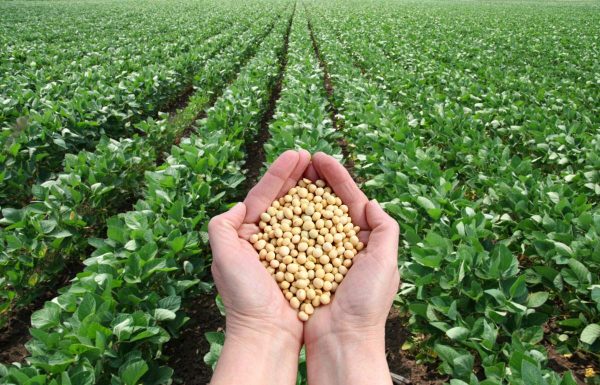
Soybean meal consumption by broiler and layer chickens accounts for 60% of the total global soybean meal production. If pigs are included, this figure directly climbs to 85%. Therefore, it is no exaggeration to say that the vast majority of soybean meal is consumed by monogastric animals. consumed.
As soybean meal prices rise or supply exceeds demand, feed professionals have begun to look for alternatives to replace this primary protein source. In Canada, peas are an important feed crop, and the European Union is also encouraging their use to help reduce dependence on imported soybean meal. For this reason, peas are promising as a feed protein and their use is growing, especially since in some cases they can even be eaten raw.
The energy content of peas is similar to that of barley (AME 2900 kg in broilers), and this high energy content indicates that peas contain approximately 50% starch. Pea protein content levels are between most grains and traditional protein sources, ranging from 20% to 26% (depending on growing conditions and the variety selected).
Like soybeans, peas have a limited methionine content, which can be increased if sulfur-containing fertilizers are applied to pea plants. On the other hand, lysine levels in peas appear to be relatively stable compared to soybeans and are not affected by protein content. Additionally, peas also contain high amounts of non-protein nitrogen, and often this type of nitrogen is not accounted for, so the total protein content is often misinterpreted by the protein value of the peas. Pea protein digestibility varies widely, with brown varieties having the lowest digestibility. The fiber content of peas is moderate, ranging from less than 5% to a maximum of 10%, again depending on the variety of pea (pea fiber can be used as a way to protect gut health in the post-antibiotic era). Additionally, peas are an excellent source of potassium and selenium.
Processed to Enhance Nutritional Value
The biggest improvement in energy utilization is finely crushed peas instead of whole or simply mashed peas. Of course, this is just the effect of digestive enzymes exposing cells to more starch. The effect of heat treatment (such as hot extrusion, or even granulation) is mainly to improve the digestibility of protein, because anti-nutritional factors are inactivated and inactivated.
Addition amount of peas in broiler feed
The best varieties of peas can be included in up to 40% of broiler diets without heat treatment. If the nutrient content of peas is not accurately determined, the results may be disappointing, so as a general rule of thumb, a maximum addition level of 20% is more reasonable.
Addition amount of peas in laying hen feed
Following the same precautions, the amount of peas added to the feed of laying hens is similar to that of broilers. Particular attention should be paid to the methionine content of the feed, because pea has limited methionine content and the digestibility of amino acids in pea is lower than that in soybean meal.
Addition amount of peas in pig feed
Piglets weighing less than 25 kg should not add more than 20% crushed raw peas to their rations, and this can be increased to 20% if properly heat-treated. Only those pea varieties with the lowest anti-nutritional factor content should be used in piglet feed. Conversely, older pigs (including sows) may be fed crushed raw peas as the sole protein source.
As an important protein crop, peas are becoming even more important as other protein sources become less efficient to feed or are not available at reasonable prices. It is important to know the species of pea when adding peas to the feed, as the nutritional value and chemical composition of different species can vary widely. Heat-treated peas offer certain advantages, but such heat treatment is not essential. Under the right conditions, raw peas can be used as the only alternative protein source to soybean meal.
